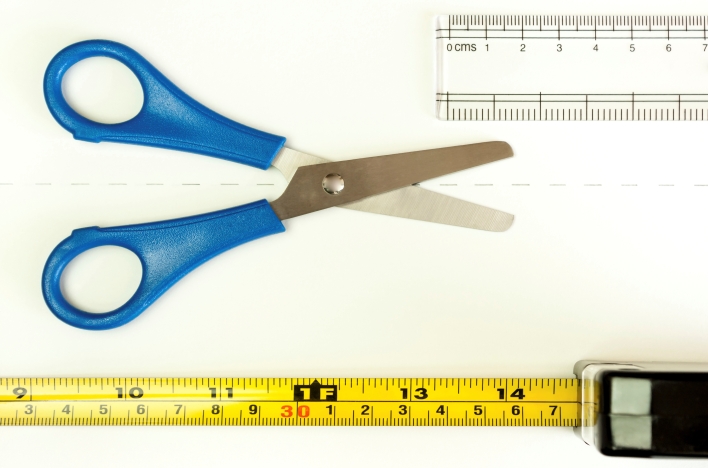One of the more difficult tasks our clients encounter is how to accurately measure the impact of a change in their business. Any change is hard, but measuring and quantifying the full impact of a change can be even more challenging.
The first quarter is a great time for businesses to start making changes. They have set their goals for the year, and they are all gung ho to put their plans in motion. We currently have a number of clients who are doing some combination of adding new locations, adding management and entry-level employees, or restructuring their current teams. In addition, most of them have process initiatives they are working on to improve work flow and efficiencies. Change is all around their business—which is great, but it can also be a problem if it’s not handled correctly.
Measure Twice, Cut Once
If you have ever spent any time working with a carpenter, you have probably heard this statement. It literally means exactly what it says; double-check your length before cutting. If you cut the board too short, you can’t reattach it and expect to have the same strength. Cutting it too long is safer, but you still waste time, because now you will have cut it again.
In business, this proverb can have a number of meanings, let’s address two of them.
Planning: The most obvious is taking the time to plan before you make a change. Discuss the objectives and goals before you start making changes. That is measuring twice. When you do start making changes, don’t make so many at one time that you can’t quantify what is responsible for any new results. It isn’t always possible to make a single change at a time, but too many changes at once make it difficult to discern exactly what is giving you the best return on investment.
Communication: Effective communication is at the heart of most successful businesses. During times of change, clear communication is important if you expect your team to understand the objectives for the business. In the heat of battle, it is easy to say something you later wish you had not said. The more you have going on, the greater the chances of this happening. Think “measure twice” before you bark out a command or fire off an email. Try to pause just long enough to make sure you really want this to be your message before you say or send it. That is cutting once.
If you think about it, you can easily come up with several other places to apply the “measure twice, cut once’ proverb: interactions with customers, vendors and people in your personal life. But in business, planning and communication should be near the top of the list.

